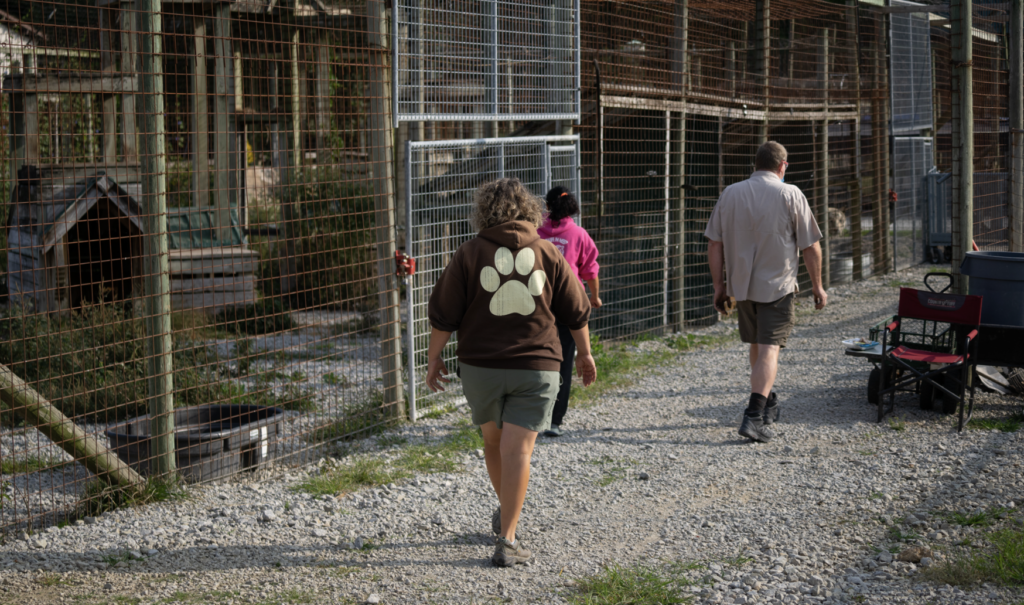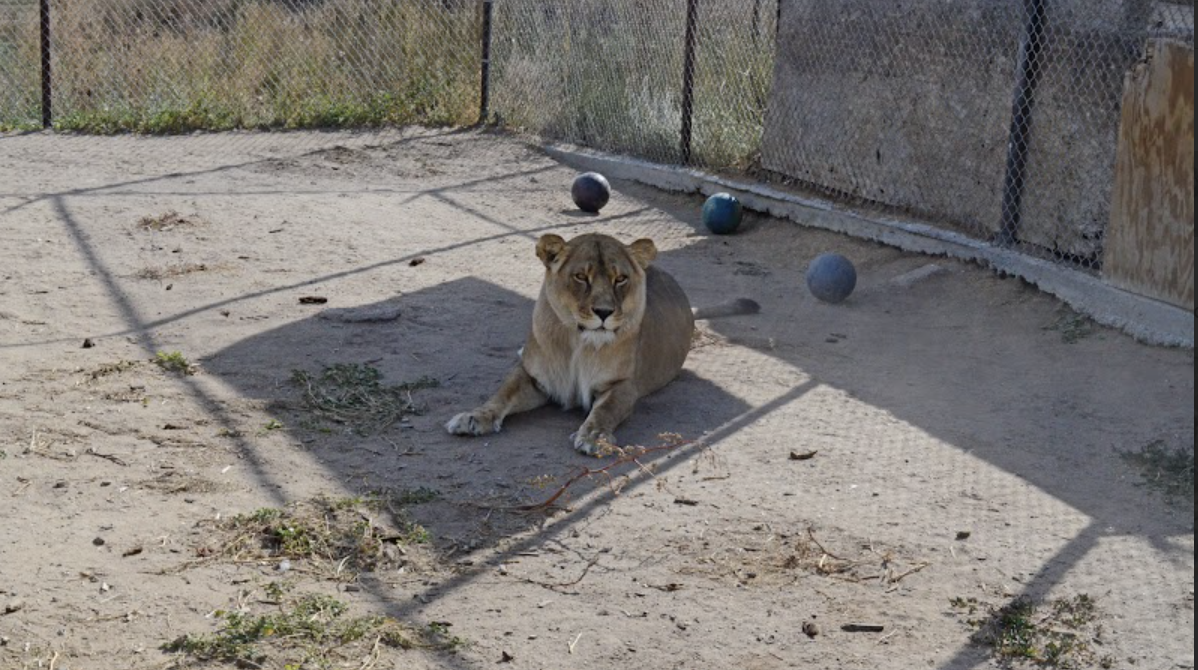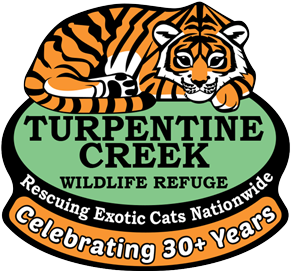
Sometimes, it can be very difficult for the public to tell the difference between an accredited sanctuary or zoo and a roadside zoo. Many organizations and animal facilities throughout the country can do the bare minimum regarding animal welfare and still market themselves as a zoo. Many of these facilities even market themselves as funding conservation efforts in the wild.
Take a look at the list below that was created by TCWR’s education team to help the public make an informed decision about what may and may not constitute a roadside zoo.
- Accreditation: Legitimate animal organizations will be accredited by reputable organizations such as the Global Federation of Animal Sanctuaries or the Association for Zoos and Aquariums. There are other reputable accrediting organizations; however, these two are the gold standard for facilities that care for animals due to their strict guidelines regarding animal care, welfare, and ethical practices.
- Transparency: Reputable sanctuaries are transparent about their operations, including their funding sources, animal care practices, and policies. As part of that transparency, the organization will be willing to share this information with the public.
- Size and Space: While roadside zoos often confine animals to small enclosures, making them more visible to the public, ethical facilities emphasize enclosures with enough space that closely mimic the animals’ natural environment.
- Environmental Enrichment: Enrichment includes several different activities or objects that are added to an animal’s enclosure. Enrichment encourages natural and instinctual behavior, making it a top priority for their psychological well-being.
- Veterinary Care: It is a standard practice for animal care facilities to require a qualified veterinarian to provide routine health and wellness exams, along with administering medical treatment when needed.
- Education and Ethic Funding: Roadside zoos often promote different opportunities for the public to interact with their animals. Legitimate animal facilities focus on education with minimal human-animal interaction and do not promote paying to interact with animals. Most are nonprofits, and you can view their year-to-end finances, commonly known as FormI-990
- Conservation Efforts: You can use the Form 990 information to see how much of the organization’s revenues are funneled to conservation in the wild. Rare animal morphs, such as white tigers, do not have a conservation value in the wild. Please keep in mind that if a facility allows the public to interact with its animals, this is not helping conservation efforts for their wild animal counterparts.
For more information on how to be a responsible steward of conservation and supporter of wildlife, visit education.tcwr.org.

